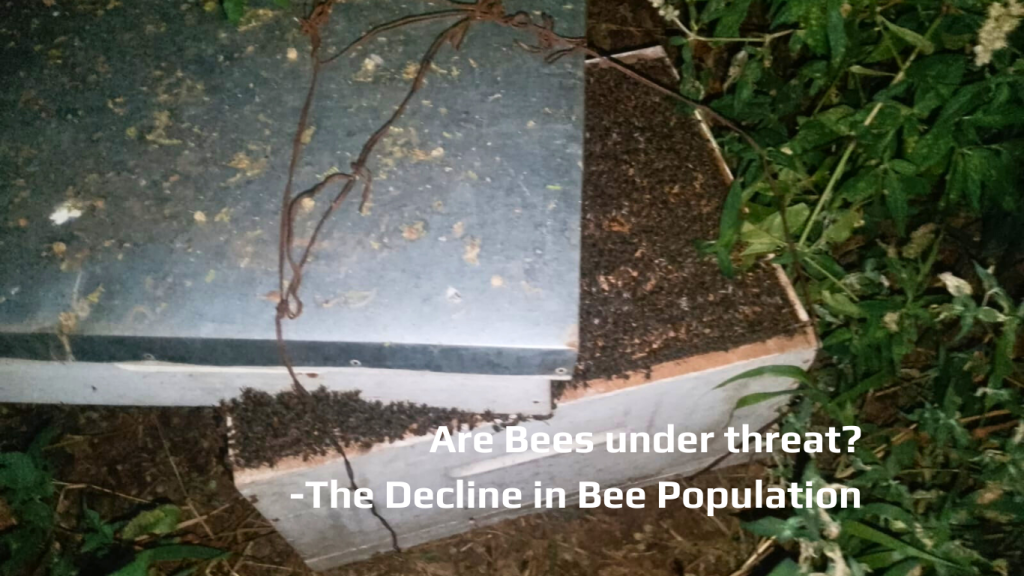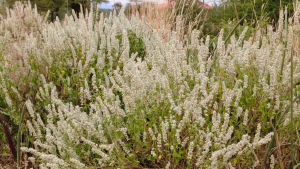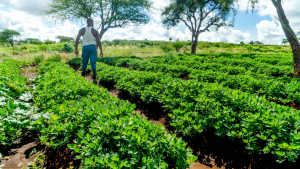
The decline of bee population poses a significant threat to global ecosystems and agriculture. Bees, as primary pollinators, are indispensable for the reproduction of many plant species, including crucial agricultural crops. This decline isn’t just a threat to these fascinating insects; it jeopardizes the very foundation of our food system. But fear not, for within this crisis lies an opportunity for collective action. Through understanding and action, we can safeguard these vital pollinators for future generations.
Decline of Bee Population. Why?
Habitat Loss
Habitat loss is one of the primary factors contributing to the decline of bee population. Urbanization, deforestation, and agricultural expansion have led to the destruction of natural habitats that bees rely on for nesting and foraging. The fragmentation of these habitats further isolates bee populations, making it harder for them to find food and mates.
Pesticide Use
Pesticides, particularly neonicotinoids, have been widely implicated in bee population declines. These chemicals, designed to protect crops from pests, often have unintended consequences for bees. Neonicotinoids can impair bees’ ability to forage, navigate, and reproduce. Chronic exposure can lead to colony collapse disorder (CCD), where worker bees abandon the hive, leaving behind the queen and immature bees.
Climate Change
Climate change is altering the distribution of plants and flowers that bees depend on for food. Changes in temperature and precipitation patterns can disrupt the synchrony between bee emergence and flower blooming. Additionally, extreme weather events, such as prolonged droughts or heavy rains, can destroy bee habitats and reduce the availability of forage.
Disease and Parasites
Bees are also vulnerable to a range of diseases and parasites. The Varroa mite (Varroa destructor) is a particularly devastating parasite that feeds on the blood of honeybees and spreads harmful viruses. This mite weakens bees’ immune systems, making them more susceptible to diseases. Other pathogens, such as Nosema fungi and the deformed wing virus, further exacerbate the decline of bee populations.
Bee Conservation Strategies
Creating Bee-Friendly Habitats
One of the most effective ways to support bee populations is by creating and preserving bee-friendly habitats. This includes planting native wildflowers, which provide bees with essential nectar and pollen. Urban green spaces, such as gardens and parks, can be designed to include a variety of flowering plants that bloom throughout the year, ensuring a continuous food supply for bees.
Banning Harmful Pesticides
Regulating and banning the use of harmful pesticides, particularly neonicotinoids, is crucial for bee conservation. Many countries have already implemented restrictions on these chemicals, recognizing their detrimental impact on pollinators. Promoting the use of Natural Pest Management practices, which use biological control methods and minimize chemical inputs, can also help reduce the reliance on harmful pesticides.
Promoting Organic Farming
Organic farming practices, which avoid synthetic pesticides and fertilisers, offer a more sustainable and bee-friendly approach to agriculture. By promoting organic farming, we can create agricultural landscapes that are safer and more hospitable for bees. Supporting local organic farmers through consumer choices and policy advocacy can drive the adoption of these practices on a larger scale.
Supporting Local Beekeepers
Local beekeepers often manage smaller apiaries (beehives) with sustainable practices, promoting bee health and contributing to the genetic diversity of bee populations.
Community Involvement
Planting Native Flowers
Individuals and communities can make a significant impact by planting native flowers in their farms, gardens, balconies, and public spaces. Native plants are well-adapted to local conditions and provide optimal nutrition for local bee species. Creating diverse and abundant floral resources helps sustain bee populations and enhances local biodiversity.
Building Bee Hotels
Bee hotels, also known as bee houses or nesting boxes, provide solitary bees with safe nesting sites. These structures mimic the natural habitats that solitary bees use, such as hollow stems and dead wood. By placing bee hotels in farms and parks, communities can support the reproduction of solitary bees, which are important pollinators.
Supporting Protective Policies
Advocating for policies that protect pollinators is essential for long-term conservation efforts. This includes supporting legislation that restricts harmful pesticide use, promotes habitat restoration, and funds research on bee health. By engaging with policymakers and participating in local conservation initiatives, communities can help shape a more bee-friendly future.
The threats facing bee populations are multifaceted and complex, but through concerted conservation efforts, we can mitigate these risks and ensure the survival of these vital pollinators. By creating bee-friendly habitats, regulating pesticide use, promoting organic farming, and encouraging community involvement, we can protect and support bee populations. On Bee Day and beyond, let us commit to actions that safeguard the well-being of bees, recognising their indispensable role in maintaining healthy ecosystems and sustainable agriculture.






